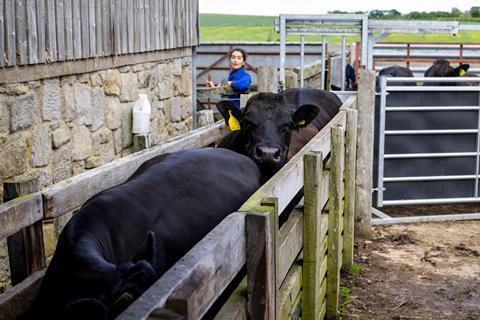
Cattle farm closures are a key reason behind the eyewatering rise in beef prices, according to a consulting firm.
Global supply chain management consultancy Inverto pointed to the closure of 8.5% of cattle farms since 2020 as a key driver of a 27.5% increase in the price of beef.
The closures compound a market struggling to cope with rising energy costs, the price of animal feed, and labour, issues which Inverto principal Katharina Erfort said have climbed since the pandemic and the Ukraine war.
Erfort also said the number of cattle in the UK had declined.
“That is adding to price pressure,” she said. “Meanwhile, consumption remained at the same level, which lead to the sharp price increase we are currently facing.
“There are also other external factors playing into the price increase, such as changes in weather patterns.
“For example, last summer has been particularly dry, leading to reduced hay and silage yields, and forcing up feed costs even more.”
Erfort added beef price rises were affecting those of pork and poultry, causing the traditionally cheaper meats to become more expensive. She noted bird flu was an “additional pressure” on poultry, although Defra said last week the virus’ current impact on supplies and food security was negligible.
The comments come as beef prices are expected to continue to rise until at least early 2026, with data from AHDB showing it is 17% dearer year on year on average, while volumes are down 8.3% across the category.
Read more
-
Why are red meat prices up and when will they settle?
-
Beef prices set to continue to rise until the new year
A Defra report updated in August said the number of cattle and calves in England decreased by 1.4% to 4.9 million in June 2025, with the beef herd falling by 4.3% to 569,000.
“This government has taken decisive action to support the farming sector and boost Britain’s food security,” a Defra spokesperson said. ”We are slashing costs and red tape for food producers to export to the EU, and thanks to our trade deal with the US, for the first time ever, UK beef farmers will have exclusive access to the world’s largest consumer market.”
Among the support it has offered, Defra pointed to the extensions of the Seasonal Worker Scheme for five years, the commitment of nearly £250m in farming grants, and the “intention to make the supply chain fairer”.
It also announced plans to invest more than £1bn in a new national biosecurity centre to protect livestock from disease.
Approached with Inverto’s claims, the NFU’s livestock board chair, David Barton, said rising prices were a result of rising beef values driven by short supply and consumer demand.
“Farmer confidence is at an all-time low due to government policy moving away from food production and high input costs, resulting in breeding beef cattle numbers continuing to fall,” he said, and noted confidence had been hit by “challenging weather”, shortages of forage and feed costs.
Asked whether the government could do more to help cattle farmers, he said its “inflexibility” had not helped, especially regarding support for grazing on land in certain agri-environmental scheme options.
Barton added: “British beef has a fantastic reputation for its high environmental and welfare standards. As we outline in the NFU 10-year vision for British beef, it’s vital that government and the whole supply chain recognise this by supporting investment to build a resilient, sustainable and thriving beef sector, one that can meet growing demand at home and abroad.”

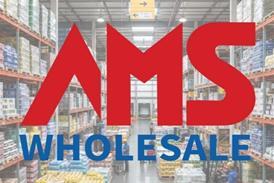
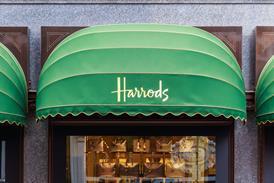
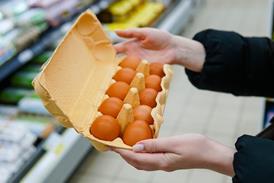

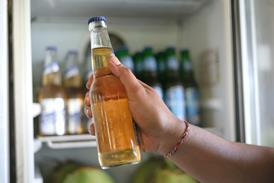

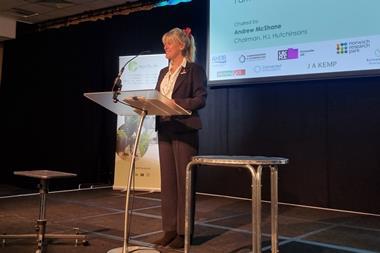
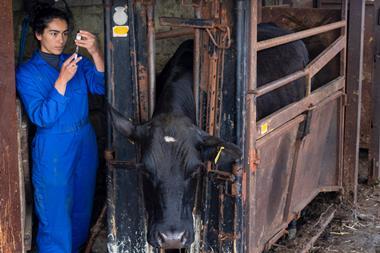

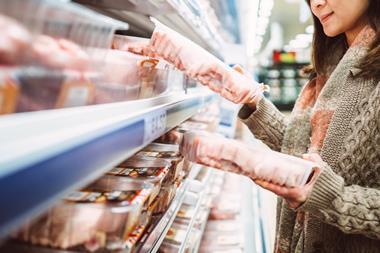
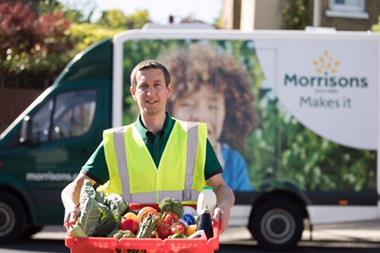
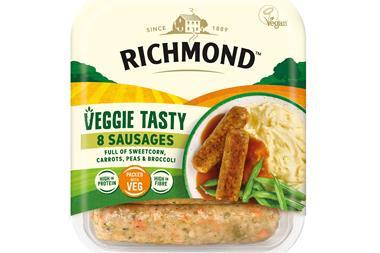
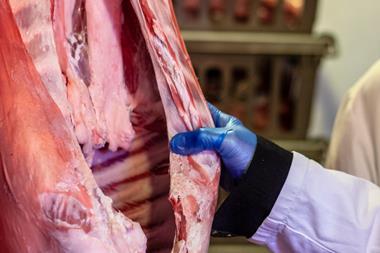
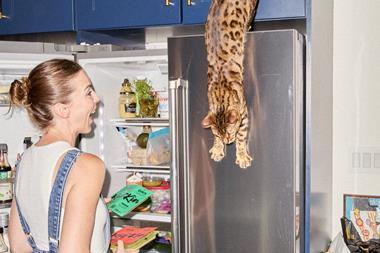



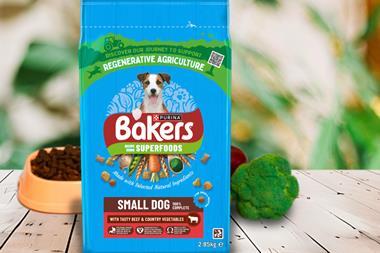
No comments yet